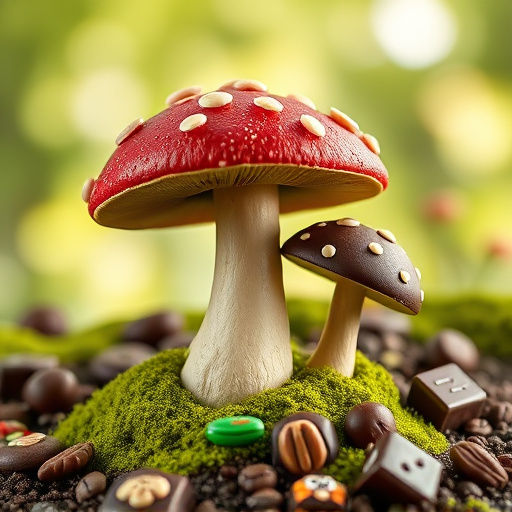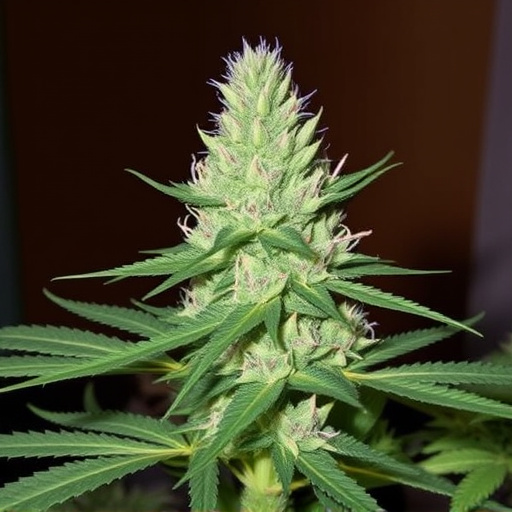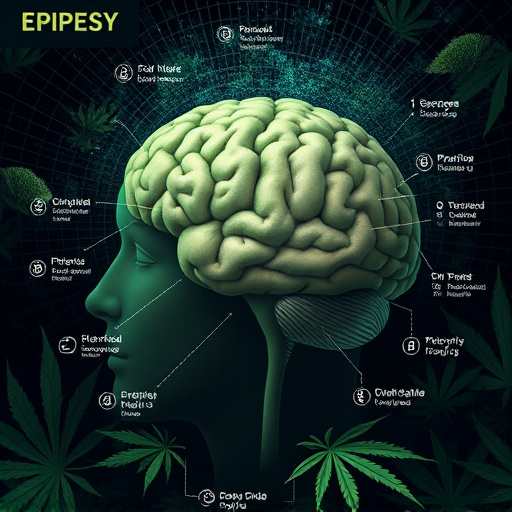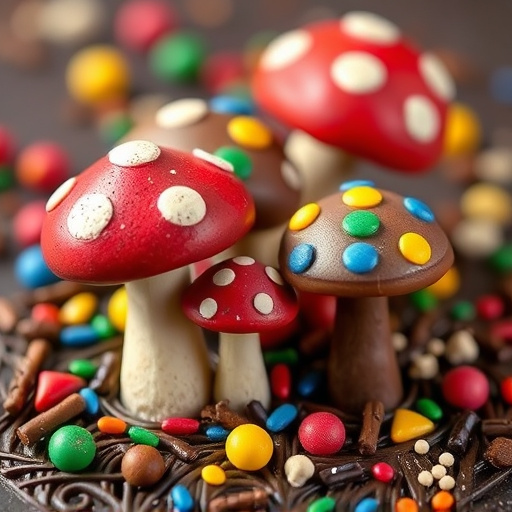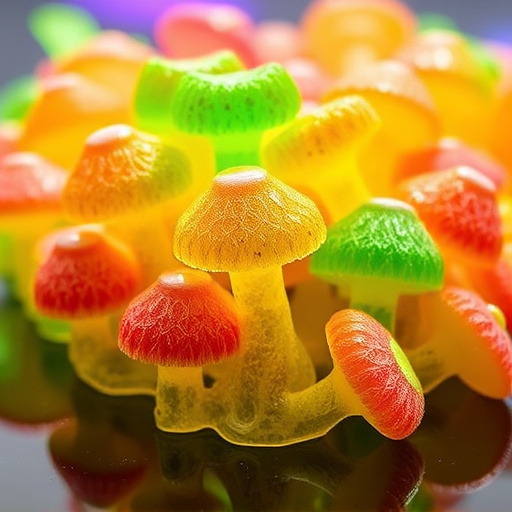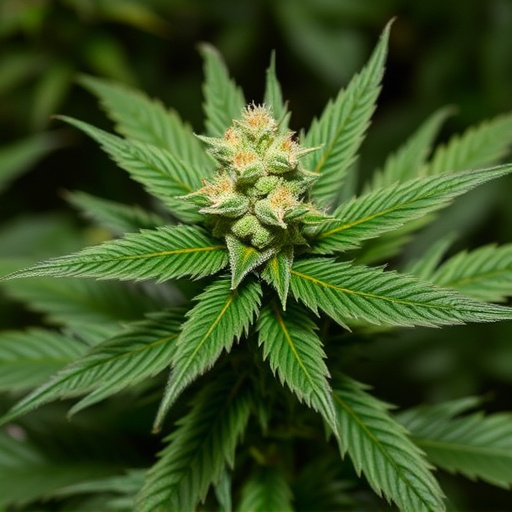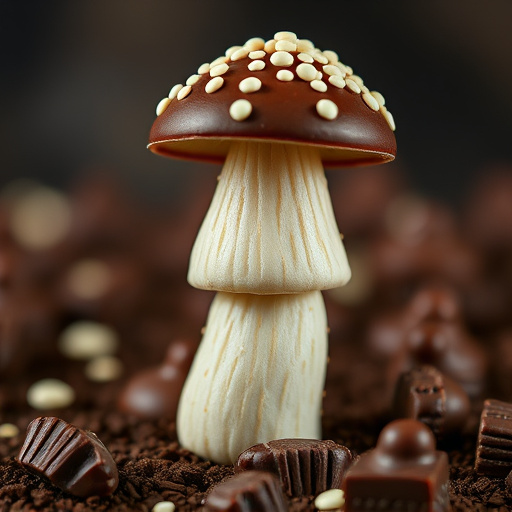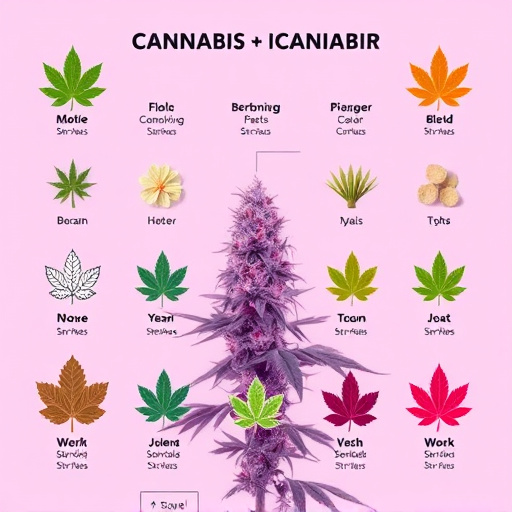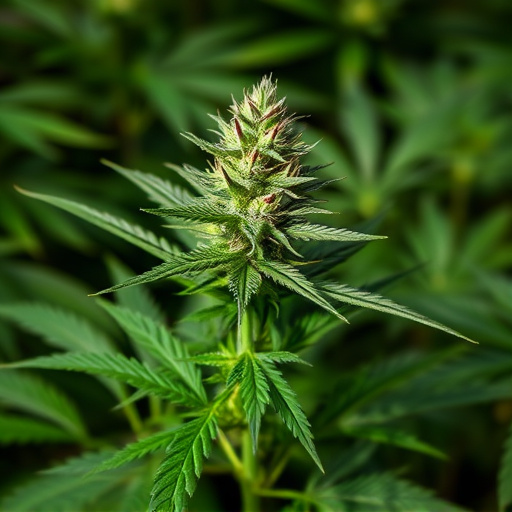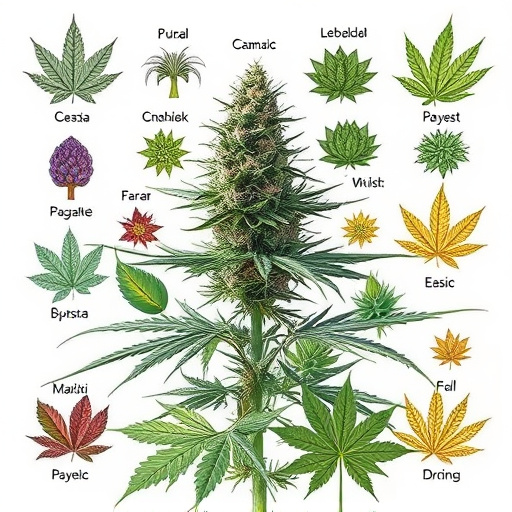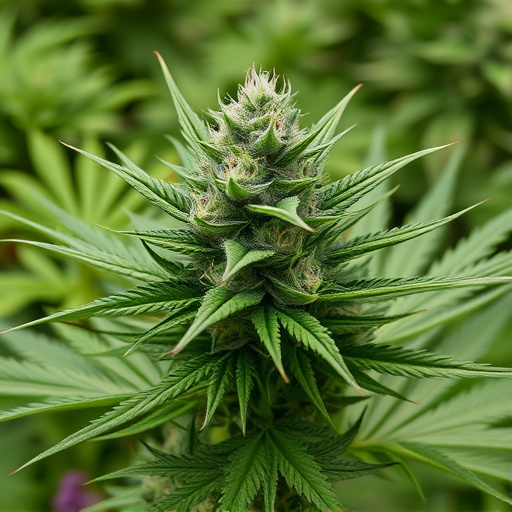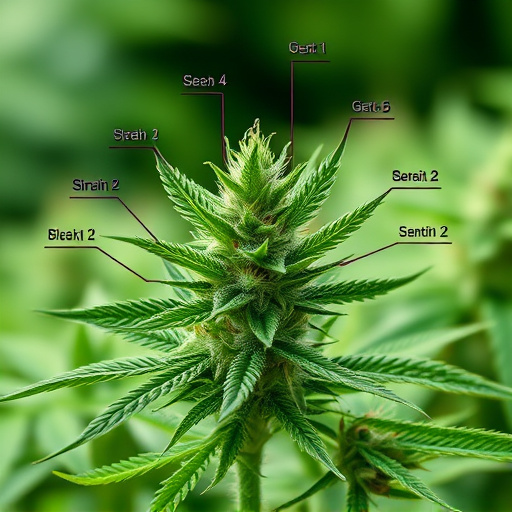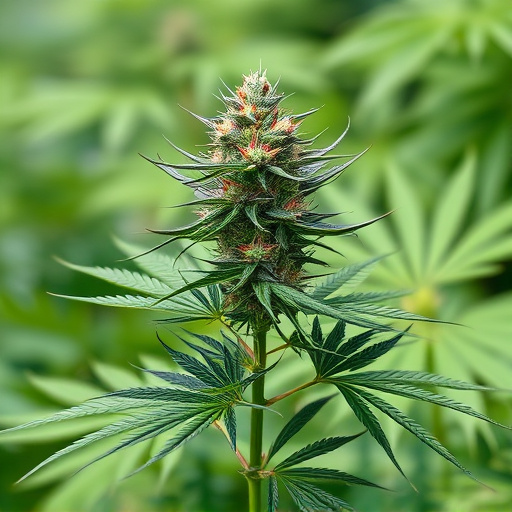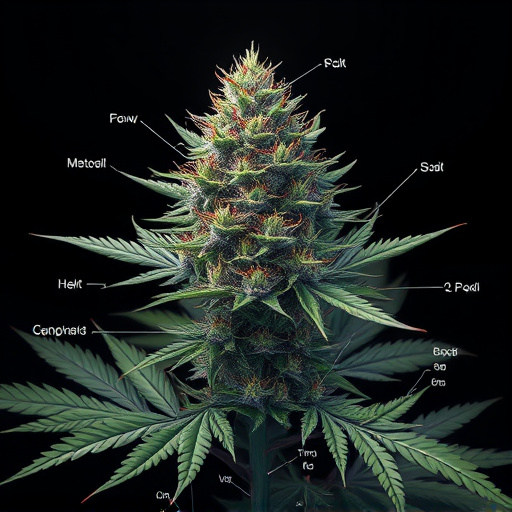TL;DR:
Evaluating cannabis quality through visual and tactile cues is crucial. High-quality weed displays vibrant green hues, sticky resin, compact buds, and distinct aromas. Poor-quality cannabis shows discoloration, dryness, brittleness, and mold/mildew signs. Inspect trichomes for clarity and stickiness; cloudy or discolored ones indicate old or improperly processed weed. Avoiding lanky plants and noticing olfactory cues help identify top-tier strains.
“Unraveling the art of distinguishing good weed from bad is essential for any cannabis enthusiast or those new to this world. This comprehensive guide takes you on a journey through the intricate details that define superior strains. From the initial visual inspection—where color, texture, and aroma play a pivotal role—to delving into the complex interplay of terpenes and cannabinoids, every aspect matters. We’ll also explore the effects and potency, ensuring you can confidently navigate the diverse landscape of cannabis strains.”
- Visual Inspection: Color, Texture, and Aroma
- – How to assess the appearance of cannabis flowers
- – Differences between good and bad weed based on visual cues
Visual Inspection: Color, Texture, and Aroma

Upon first inspection, a skilled grower or connoisseur can often tell if a strain of cannabis is of good quality or not. Visual cues such as color and texture are key indicators. A vibrant green hue, with hints of orange or purple pistils (the tiny hairs where cannabinoids collect), suggests a healthy plant. Good weed tends to have a sticky, resinous texture—a sign of potent cannabinoids like THC and CBD. This resin can be felt when running your fingers through the nugs (buds) and should have an appealing scent that varies by strain but is generally earthy, floral, or fruity.
In contrast, bad weed may exhibit signs like discoloration, where the greens fade to brown or yellow, or a powdery residue on the surface, which could be mold or mildew. Texture-wise, it might feel dry and brittle instead of sticky, and its aroma could be faint or off, lacking the rich scent associated with high-quality cannabis.
– How to assess the appearance of cannabis flowers
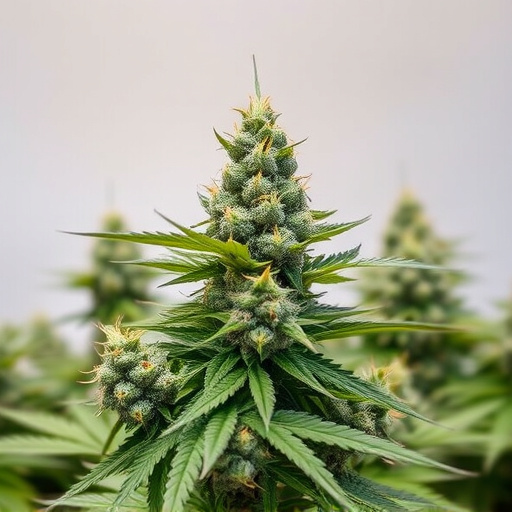
When assessing the appearance of cannabis flowers, one of the first things to look at is the overall structure and color. Good weed typically has a dense, compact bud structure with lush, green leaves that are often coated in a sticky resin. The colors can range from deep greens to purples or even blues, depending on the strain. Avoid plants that look lanky or have an uneven shape, as these could be signs of poor growth conditions or nutrient deficiencies.
Additionally, take note of the trichomes—the small, gland-like structures that cover the buds and leaves. Healthy trichomes should be clear or milky white and sticky to the touch. They produce a potent cannabinoid called THC that contributes to the plant’s psychoactive effects. If the trichomes are cloudy, brown, or black, it could indicate that the weed is old, over-harvested, or has been exposed to excessive heat during drying or curing.
– Differences between good and bad weed based on visual cues
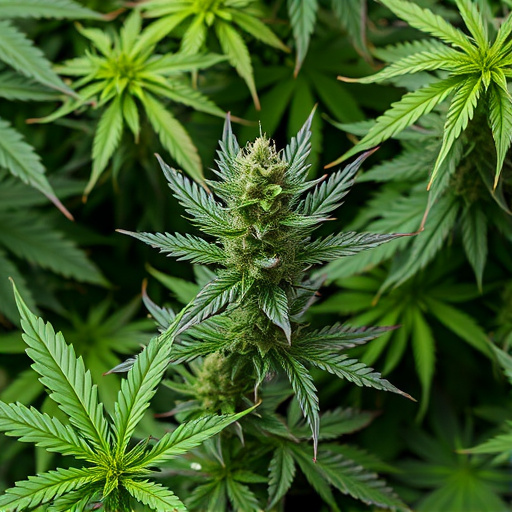
When it comes to distinguishing between good and bad weed, one of the most obvious visual cues is appearance. Good-quality cannabis typically presents a vibrant green color, with dense and sticky trichomes that give it a lustrous sheen. Trichomes are tiny hair-like structures that house the potent cannabinoids, so their abundance indicates a higher concentration of active compounds. On the contrary, bad weed often has a duller, yellower tint, suggesting oxidation and potential degradation. The structure should be robust, with tight calyxes (the flower’s outer layer) that enclose the buds securely.
Another critical visual indicator is the overall smell and scent. Scent plays a significant role in identifying the strains of cannabis. Good weed often exudes a pleasant, earthy aroma with subtle hints of fruits or spices, depending on the specific strain. In contrast, poor-quality cannabis may have an overpowering, moldy, or chemical odor, which can be a sign of improper cultivation or storage.
When it comes to distinguishing good weed from bad, a keen eye for detail is essential. By examining the visual aspects, such as color, texture, and aroma, you can make informed choices about the quality of cannabis strains. Understanding these subtle differences ensures you’re getting the best product, enhancing your overall experience. So, whether you’re a seasoned smoker or just starting to explore the world of weed, knowing what to look for is key to unlocking a truly enjoyable and satisfying high.
